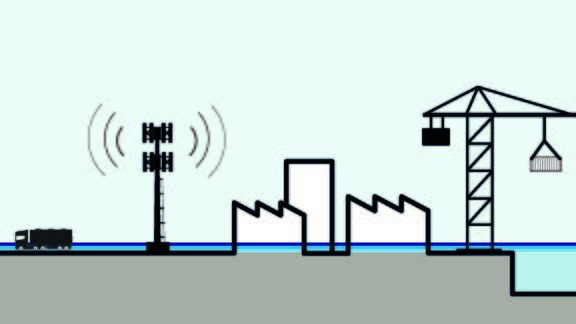Flood resilient communication systems
During a flood, communications are essential to provide proper information and to coordinate emergency and evacuation plans. Communications networks such as radar stations for shipping and transmission masts for data should therefore preferably be flood-resilient.
- Applicable to utilities, factories and installations;
- Spatial adaptation and crisis management;
- Permanent measure;
- Small investment;
- Prevents economic damage;
- Applicable at all flood depths.

Flooding can cause local transmission masts to fail, shutting down the land and mobile phone networks, Internet and data traffic. It is then impossible to contact the emergency services, which interferes with the proper coordination of emergency plans and crisis management.
To prevent the outage of transmission masts, you can place them in higher positions with the electricity system or make them flood-resilient. Alternatively, you can deploy a flexible network during a flood.
Mobile and ICT networks are essential to disconnect and restart business processes in time and in a controlled way. You can control some processes remotely and therefore manage them in the event of a flood.
Back to the overview.
You can take these measures to improve your flood protection. The focus here is on generic descriptions of the measures in question. If you have questions about applying the measures on your site, please contact the Flood Risk Management Team.
No rights can be derived from the measures. See also the disclaimer.